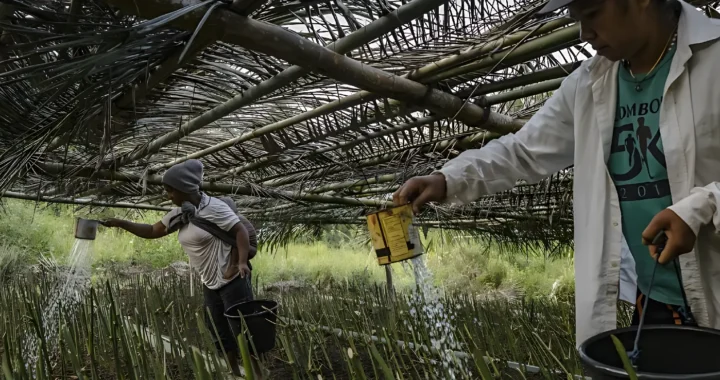The Ever-Declining Fertility Rate in South Korea

Photo by Elle Morre on Unsplash
Today, there are 8.1 billion people living on this planet. Population is such a complex and diverse matter around the world. The number continues to rise in some countries and fall in others. It highly depends on a country’s past and present socioeconomic and cultural contexts. So, what does the ever-declining fertility rate in South Korea speak of?
Global Population and the South Korean Context
A 2023 study integrating various economic, social, and environmental aspects projects a decline in Earth’s population by the next century. The current trends of population differ from one country to another.
Generally, all countries need a minimum fertility rate to survive. Without migration factors, countries need at least a fertility rate of 2.1 children per woman to maintain their population.
Over the past 60 years, South Korea’s fertility rate has continued to drop in a relatively short period. This decline began in the 1960s as the government adopted an economic planning program and a population & family planning program to boost the nation’s economy and society after the Korean War.
In 1960, the total fertility rate was just under six children per woman. Since 1984, the country’s fertility rate has consistently been below the 2.1 line. According to the official preliminary government statistics announced in February 2024, the total fertility rate in South Korea has reached a global record low of 0.72. In fact, South Korea is losing population as the country experiences more deaths than births.
Factors of Fertility Rate in South Korea
The South Korean government has invested over 270 billion USD in programs aimed to increase the fertility rate. These include subsidies, incentives, infertility treatments, and others. Even private corporations have created their own programs. However, these efforts remain unfruitful. Why?
Citizens and experts cite sky-high cost of living, working culture, and the expensive and grueling education system as the primary challenges in having children. Adults worry about the lack of affordable housing, the extreme pressure on education for children, and the cost of private education.
Moreover, South Korea’s prevalent patriarchal culture remains a hurdle. As the country with the worst gender pay gap in the OECD, it is tough for women to reach leadership positions or even maintain a job after having a child. While government policy gives both men and women parental leave, only 7% of new fathers used theirs.
“In Korea, there is still a prevalent culture that believes bearing children and all aspects of childcare are solely the responsibility of women,” shared Hyobin Lee, a South Korean academic who has chosen to prioritize her career. “The challenge of simultaneously managing childbirth and childcare is so daunting that many women choose not to have children at all.”
Systemic Change
The declining fertility rate in South Korea demonstrates the interconnectedness of various aspects of life, development, and politics. Tackling this issue will require digging deep into structural problems in society and dismantling harmful cultures regarding gender equality. After all, a better future is one that includes all people, including women and children.
Thank you for reading!
Green Network Asia – International Annual Individual Membership supports your personal and professional growth with unlimited online access to our “Exclusive Content” platform purposefully designed to showcase cross-sectoral insights on sustainable development and sustainability in the Asia Pacific and beyond. Enjoy the Membership benefits, including -but not limited to- public policy & regulatory updates, easy summaries of research findings & reports, and impact stories from governments, businesses, and civil society.

Nazalea Kusuma
Naz is the Manager for Editorial-International at Green Network Asia. She once studied Urban and Regional Planning and has lived in multiple cities across Southeast Asia. She is a passionate and experienced writer, editor, translator, and creative designer with almost a decade worth of portfolio.


 Upholding the Machángara River’s Rights of Nature Against Pollution
Upholding the Machángara River’s Rights of Nature Against Pollution  Accelerating Gender-Responsive Disaster Management with Sendai Gender Action Plan
Accelerating Gender-Responsive Disaster Management with Sendai Gender Action Plan  ASEAN and the EU Support Sustainable Connectivity with a Higher Education Program
ASEAN and the EU Support Sustainable Connectivity with a Higher Education Program  Australia Proposes Right to Housing Bill to Tackle Housing Crisis
Australia Proposes Right to Housing Bill to Tackle Housing Crisis  World Cities Summit 2024: A Trigger to Help Build a Sustainable Singapore
World Cities Summit 2024: A Trigger to Help Build a Sustainable Singapore  Mama Bambu: How Women in Flores, Indonesia Take Part in Environmental Conservation
Mama Bambu: How Women in Flores, Indonesia Take Part in Environmental Conservation